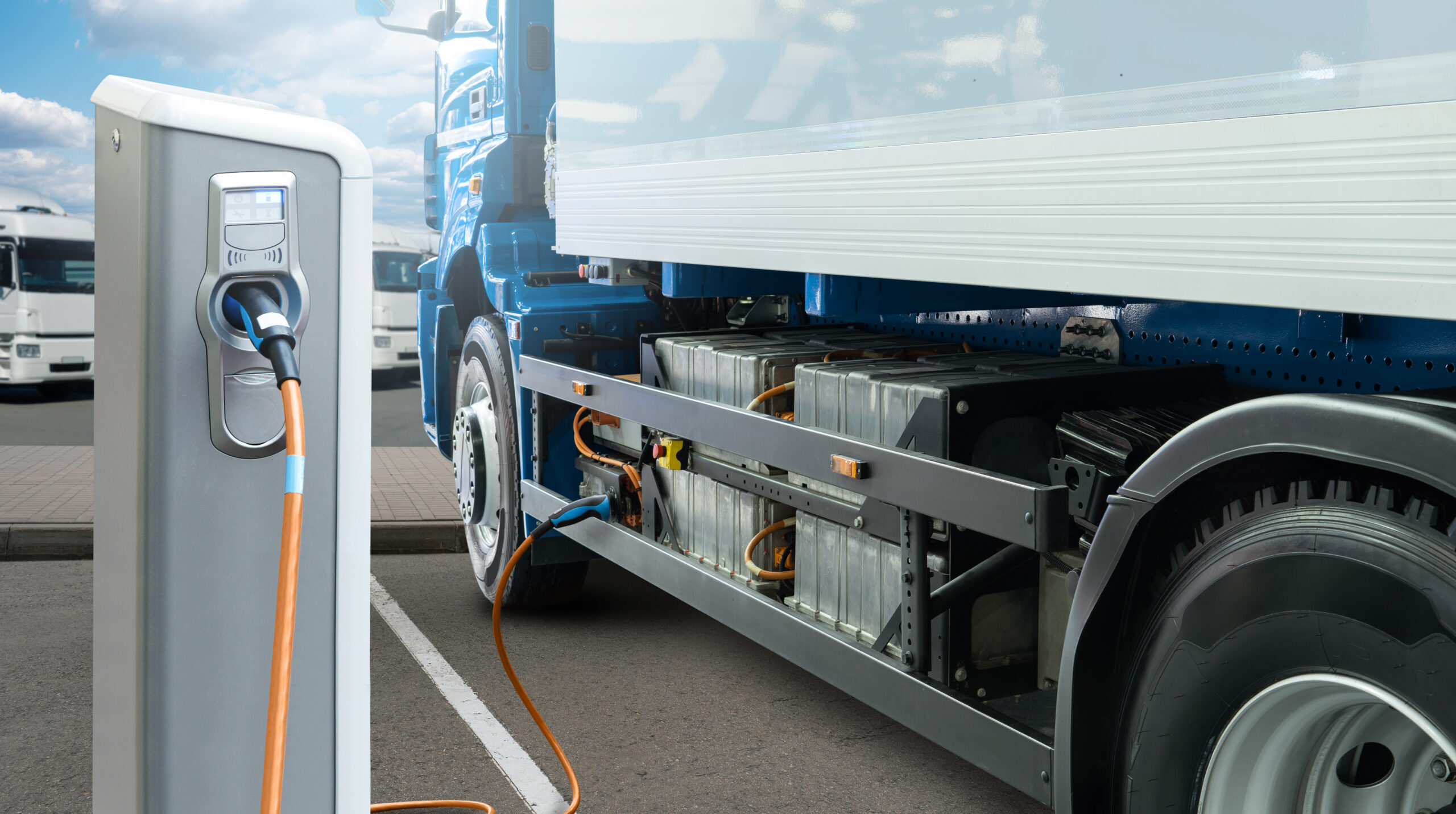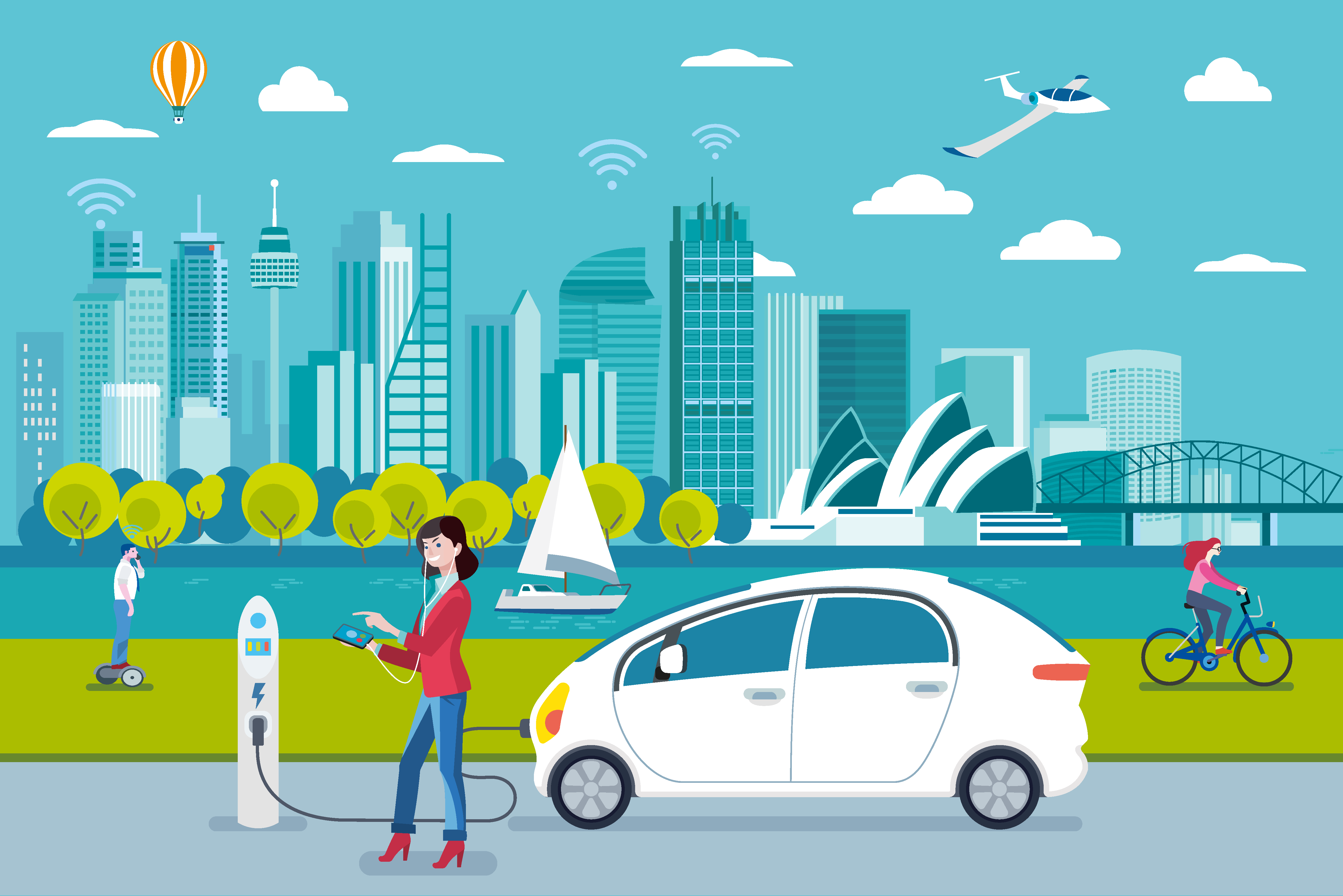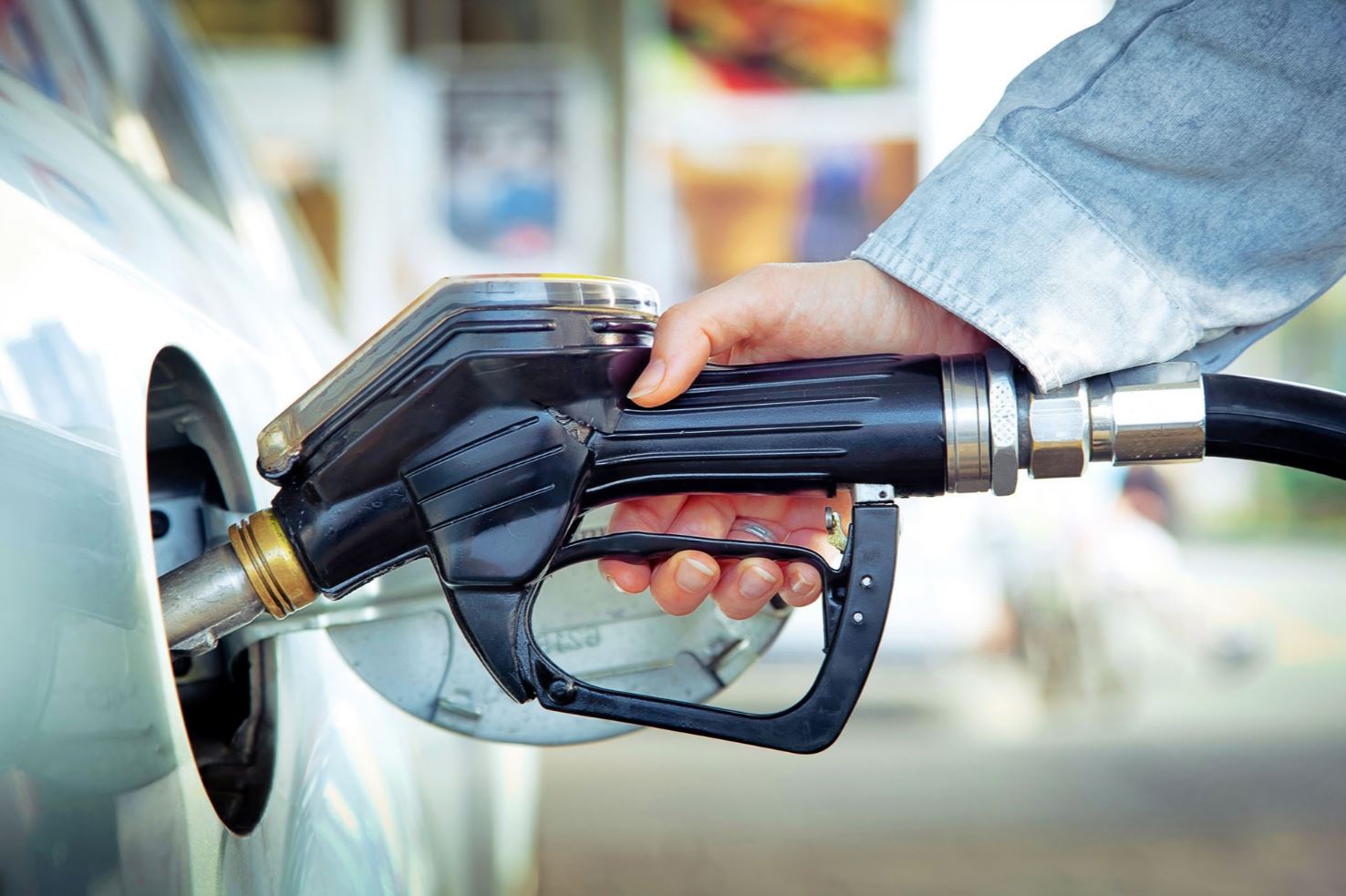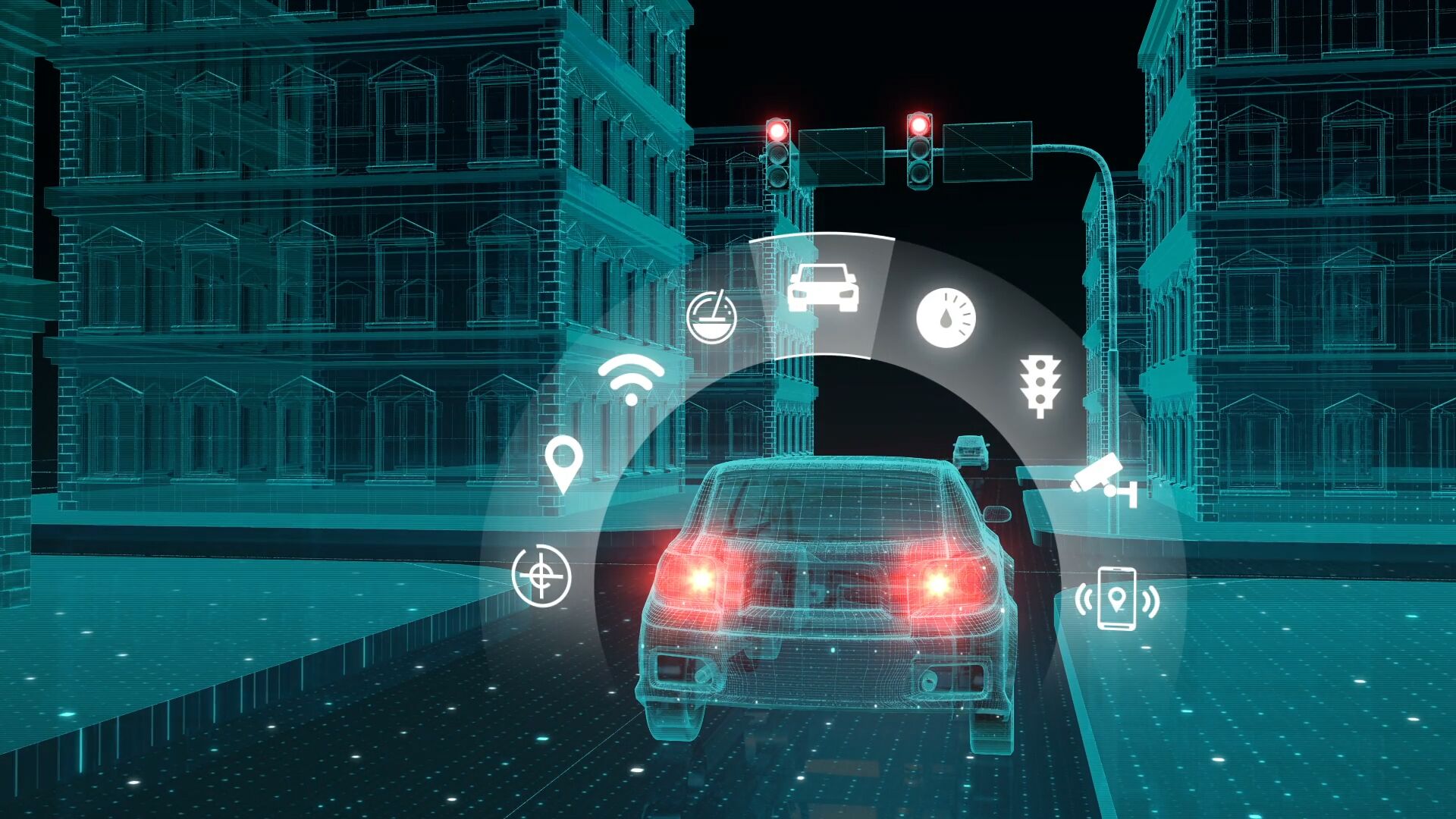At Fleet Complete, we understand that setting and implementing an electric fleet strategy is a top priority for many organizations. While the business case for transitioning to electric vehicles (EVs) is becoming stronger, a wide-scale transition will require careful planning and preparation. By addressing inefficiencies in your fleet operations today, you can ensure a smoother and more successful transition to EVs in the long run.
An optimised fleet will have the greatest ROI when going electric
One key aspect to consider is the optimisation of your fleet. Investing in EVs is a significant financial decision, so it’s crucial to ensure that you are not replacing underutilized or unoptimized vehicles with EVs. While addressing emissions is important, it’s equally important to minimise unnecessary costs and waste in your fleet. By implementing best management practices to optimise your fleet, you can maximise the value of your assets and improve the overall business case for EVs.
Do you have the right number of vehicles in your fleet?
Before transitioning to electric vehicles, it’s essential to evaluate whether you have the right number of vehicles in your fleet. This process, known as rightsizing, is a crucial component of your electric fleet strategy. While EVs generally have a higher acquisition cost than internal combustion engine (ICE) vehicles, they can offer significant total cost of ownership (TCO) savings in the right applications. By analysing your telematics data and generating reports on asset utilisation, you can identify your most and least utilised vehicles. This analysis can help you determine which vehicles present the most opportunity for cost savings and which ones can potentially be eliminated from your fleet. By replacing underutilised vehicles with EVs, you ensure that you’re getting the most value out of your assets.

image source: Geotab.com
Are you using the right type of vehicle?
In addition to rightsizing, it’s important to ensure that you are using the right type of vehicle for each specific task. Assessing the purpose and utility needs of each assignment can help you determine whether a smaller vehicle would suffice instead of a larger truck, for example. Making accurate projections and having the correct type of vehicles assigned to each task are critical for a successful electric fleet strategy.
Improving efficiency of your current fleet
Improving the efficiency of your current fleet is another crucial step in preparing for EVs. By encouraging your drivers to adopt fuel-efficient and eco-friendly practices, such as avoiding excessive speeding and harsh braking, you can reduce fuel consumption, CO2 emissions, and improve overall fleet safety. Implementing driver scorecards or custom alerts can help you monitor and incentivize positive driving behaviours. These improvements will carry over when you transition to EVs, as speed plays a significant role in maximising the range of your electric vehicles.
Optimise your routes
Route optimisation is another strategy that can help you increase fleet efficiency and maximize the utilisation of your vehicles. By always taking the most effective routes, you can achieve the most significant TCO savings with your EVs. Route optimisation can also help identify unnecessary routes and opportunities for route consolidation, potentially reducing the total number of assets in your fleet. However, it’s crucial to consider the daily driving distances and ensure they remain within the range capabilities of your EVs.
Start assessing EV suitability
To understand your fleet’s electrification potential, conducting an EV Suitability Assessment (EVSA) is highly recommended. By analysing your telematics data, an EVSA can help identify which vehicles in your fleet can be replaced with EVs, along with potential cost savings and avoided CO2 emissions. Conducting an EVSA regularly, especially when vehicles reach the end of their lifespan or lease period, ensures that you don’t miss any opportunities to electrify your fleet. It also allows for piloting EVs to gain valuable insights and experience before transitioning a larger portion of your fleet to electric.
Get started today
Even if you’re not ready to go electric immediately, there are still proactive steps you can take to prepare for the transition. By optimising your fleet operations now, you can ensure that your fleet is in the best possible position to reap the benefits of EVs when the time is right.
If you’re looking for more detailed information and guidance, we invite you to download our ebook, “The Complete Fleet Electrification Roadmap.” This comprehensive resource covers the entire journey of fleet electrification and will provide you with valuable insights and strategies to help you navigate the transition successfully.
At Fleet Complete, we are committed to helping you optimize your fleet operations and implement a successful electric fleet strategy. Contact us today to learn more and start preparing for the future of sustainable transportation.
If you would like to take our fleet management system for a spin to see how it can help you reduce your fleet costs, get started today. Try our Fleet Complete demo.
This article was originally published by Geotab on the 7th June 2023.
























